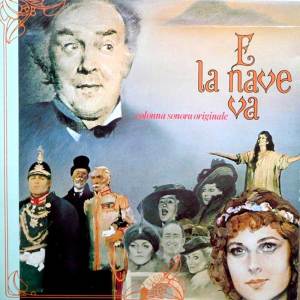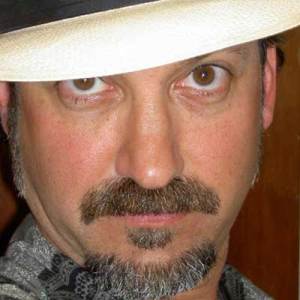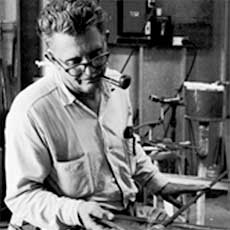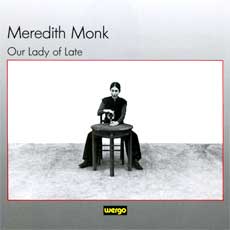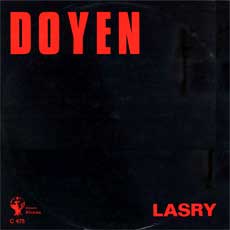The 6th installment in our Radical Glass Music series (#1|#2|#3|#4|#5), this episode welcomes glass sound experimentalists from avantgarde music circles and the art gallery world. Note all previous RGM compilations have been reuploaded earlier this year by several generous readers on the “2012 Re-ups” page. Artwork above after German kinetic and optical artist Adolf Luther (1912-1990). Since the 1960s, Luther has experimented with light and optical effect from concave mirrors, glass and lenses, in kinetic sculptures or installations. See German Wiki or English bio here.
01 Dieter Schrade Kristallstimmgabeln & Klangpyramiden (16:32)
02 Daniel Lentz Lascaux (9:24)
03 Roland Moser Stilleben mit Glas (16:41)
04 Agostino Di Scipio Stanze Private 1 & 2 (13:12)
05 Musica Elettronica Viva Spacecraft – live in Berlin, 1967 (13:48)
06 Dawn Scarfe Through the Listening Glasses: Landstrasse (14:05)
Total time 83:42
Compiled by Continuo, 2012
. . . . . . .
Dieter Schrade Kristallstimmgabeln & Klangpyramiden (16:32)
German instrument builder and glass artist Dieter Schrade creates crystal diapasons (Kristallstimmgabeln) and crystal pyramids (Klangpyramiden) with unusually pure resonant properties used for healing and relaxation purposes. This is a montage of all the tracks found on Schrade’s sound gallery.
. . . . . . .
Daniel Lentz Lascaux (9:24)
Included in US composer Daniel Lentz‘s album On the Leopard Altar on Icon Records in 1984, Lascaux is played on tuned wine glasses by Brad Ellis, David Kuhen, Arlene Dunlap, Jessica Lowe and Susan James, with additional studio post-production (sampler and keyboards) by the composer.
. . . . . . .
Roland Moser Stilleben mit Glas (16:41)
Swiss composer Roland Moser, born 1943, was a member of Ensemble Neue Horizonte Bern. His track Stilleben mit Glas was created in 1970 in the Studio für Elektronische Musik in Cologne, and uses glass sounds only, some highly processed and some left as is. Despite the unique sound source, the piece is highly varied in textures and contrasted in dynamics. The track was included in the Ensemble Neue Horizonte Bern double LP on Jecklin, Switzerland in 1977.
. . . . . . .
Agostino Di Scipio Stanze Private 1 & 2 (13:12)
Italian artist Agostino Di Scipio, born in Naples in 1962, uses glass jars and contact microphones to record ambience sounds from an art gallery, with added filtering and EQ, as Di Scipio is also an electroacoustic composer.
. . . . . . .
Musica Elettronica Viva Spacecraft – live in Berlin, 1967 (13:48)
In Musica Elettronica Viva‘s first incarnation ca1967, Frederic Rzewski was playing a large glass plate with springs and contact microphones, whose scraping sounds were amplified by Richard Teitelbaum’s “flashlights and photocell mixer”. This live recording of their classic Spacecraft brings glass music into noise territory. From the MEV 40 four CD set on New World Records, 2008.
. . . . . . .
Dawn Scarfe Through the Listening Glasses: Landstrasse (14:05)
British contemporary artist Dawn Scarfe, born 1980, uses specially-conceived, Heimotz-type glass resonators to filter and enhance environmental sounds. This track is a recording of such resonators installed in a passageway near the Tonspur gallery in Vienna, Austria, in 2010 (see also here). Scarfe also performs on tuned wine glasses with Jem Finer, Dominic Lash, Mel Gough or Jane Dickson.
* *
*























